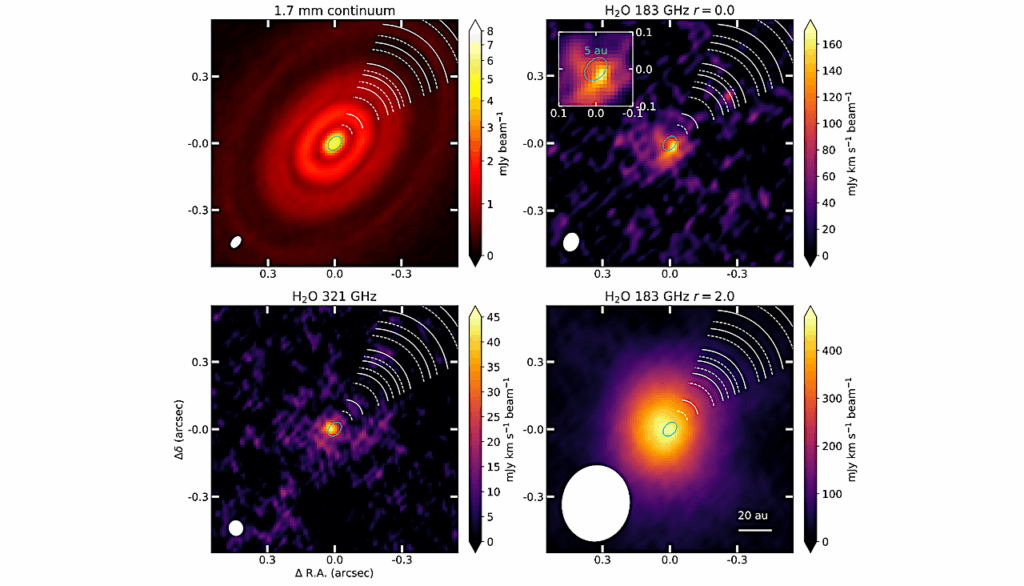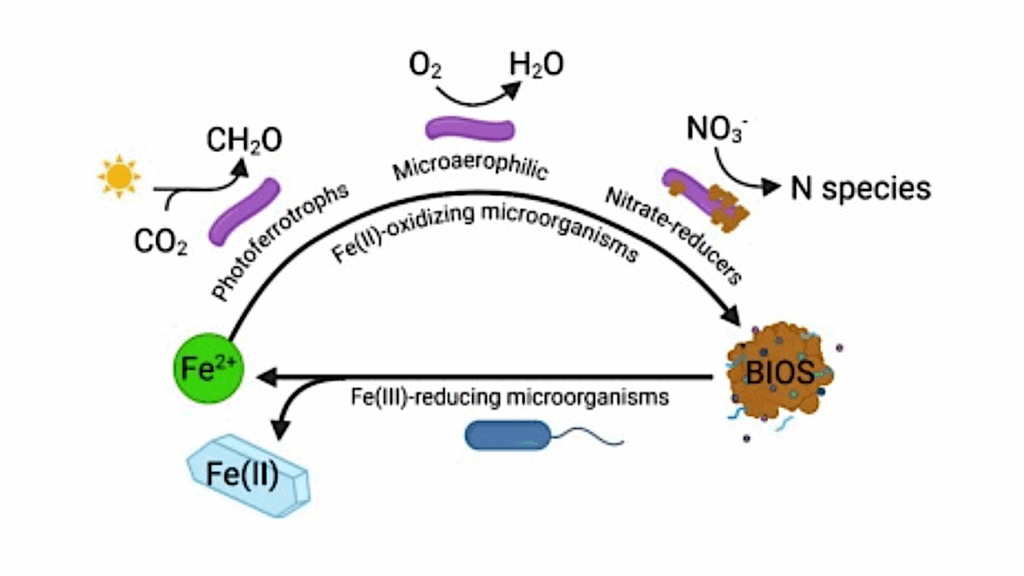Prebiotic Organic Compounds In Samples Of Asteroid Bennu Indicate Heterogeneous Aqueous Alteration

NASA’s OSIRIS-REx mission characterized the asteroid Bennu and delivered pristine samples of its regolith to Earth.
Coordinated analyses of this primitive, carbonaceous material are elucidating the abiotic formation and inventory of prebiotic organic compounds in the early Solar System. Using pyrolysis and wet-chemistry techniques, we analyzed aggregate (unsorted particulate) material and three distinct stones that appear to correspond to different boulder types observed by the spacecraft.
Results from the aggregate were consistent with previous work that detected the five canonical nucleobases and 14 of the 20 α-amino acids utilized by life to synthesize proteins. However, our analytical approach tentatively uncovered trace signals of a fifteenth α-amino acid, tryptophan, which has not been detected previously in extraterrestrial materials.
Further, we found that the distributions of insoluble and soluble-derived organics differ between distinct stones, suggesting heterogeneous geologic processing within Bennu’s parent body.
The distributions of alkylated polycyclic aromatic hydrocarbons resemble those in aqueously altered carbonaceous chondrites and are consistent with an abiotic origin through aqueous reactions.
Our findings expand the evidence that prebiotic organic molecules can form within primitive accreting planetary bodies and could have been delivered via impacts to the early Earth and other Solar System bodies, potentially contributing to the origins of life.
Prebiotic organic compounds in samples of asteroid Bennu indicate heterogeneous aqueous alteration, PNAS (open access)
Astrobiology, Astrogeology, Astrochemistry,








